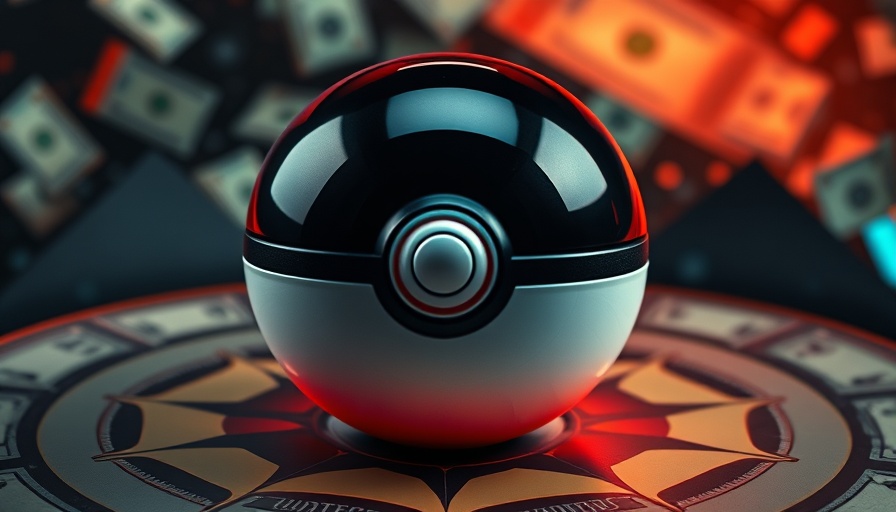
Anthropic’s Innovative Approach: Using Pokémon as a Benchmark
In an unexpected blend of nostalgia and technology, Anthropic has leveraged the beloved Game Boy classic, Pokémon Red, to benchmark its latest AI model, Claude 3.7 Sonnet. This curious choice raises eyebrows but highlights a fascinating trend within the AI community: using gaming as a stage to measure and enhance AI capabilities.
What’s New with Claude 3.7 Sonnet?
Anthropic has introduced Claude 3.7 Sonnet as a groundbreaking “hybrid reasoning model,” designed to tackle more complex challenges effectively. This model not only plays games but is also tailored for tasks like coding and problem-solving, demonstrating a significant leap from its predecessor, Claude 3.0 Sonnet. The earlier model struggled to get moving within the game, whereas the latest version successfully navigated through the challenges, clashing with Pokémon gym leaders and defeating them to earn badges.
The Power of "Extended Thinking" in AI
One of the standout features of Claude 3.7 Sonnet is its capability for “extended thinking.” This approach enables the model to apply more computing power and time to reason through complex problems. In the context of gaming, this meant Claude could engage more thoroughly with Pokémon Red, performing approximately 35,000 actions to master the gameplay.
Gaming's Role in AI Development: A Historical Perspective
The use of video games as a benchmark for AI is not entirely unprecedented. Historically, various games have provided environments where AI can test its skills against dynamically changing scenarios. From chess programs competing with world champions to modern applications like AI agents excelling in complex video games, gaming serves as a multifaceted platform for evaluating AI prowess.
What Does This Mean for Future AI Models?
As Anthropic moves forward with Claude 3.7 Sonnet, the implications for development and application in real-world scenarios are noteworthy. The potential for AI models to seamlessly integrate reasoning, coding, and problem-solving capabilities opens up new frontiers in technology, education, and beyond. This shift may inspire further innovations, emphasizing a holistic model that can accomplish varied tasks without needing specialized systems for each function.
Moving Beyond Toy Benchmarks: Gaming Meets Practical Insights
While Pokémon Red may seem like a playful tool for benchmarking AI, it symbolizes a deeper understanding of how to assess reasoning and problem-solving capabilities. This unique approach also reinforces the notion that AI can not only perform predefined tasks but also adapt to individual challenges, which is crucial for advanced applications.
Looking Ahead: Challenges and Innovations in AI
The realm of AI is rapidly evolving, as companies like Anthropic push boundaries with models like Claude 3.7 Sonnet. The path ahead includes navigating challenges such as computational demands and the need for transparency regarding how AI systems make decisions. Keeping the focus on developing comprehensible AI will ultimately foster trust and wider acceptance among users.
In conclusion, as AI enthusiasts, it’s essential to stay informed and engaged with the latest advancements shaping the future. The integration of gaming into AI benchmarking is not just a quirky experiment; it signifies a promising strategy for developing intelligent systems that think beyond traditional methods. Embrace these developments in AI as they unfold and prepare for their impact on various sectors.
 Add Row
Add Row  Add
Add 




 Add Row
Add Row  Add
Add 

Write A Comment